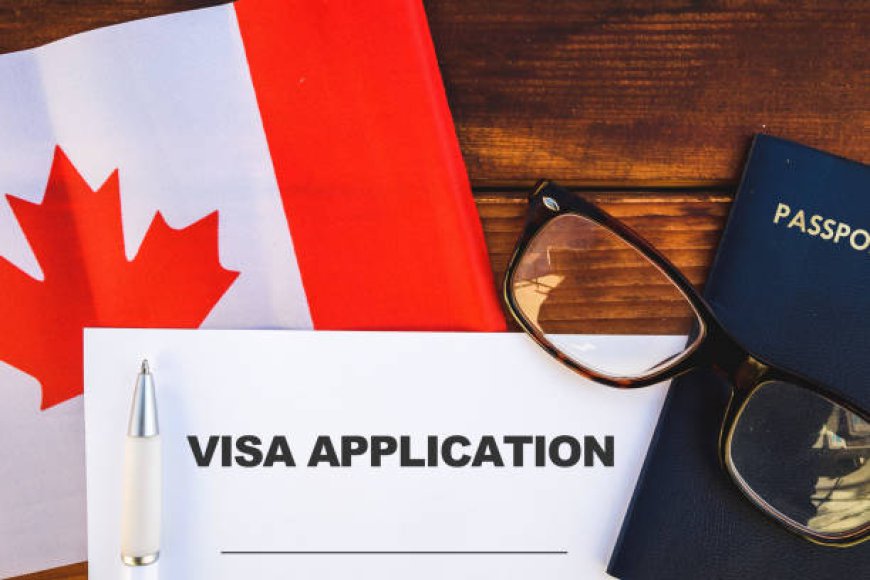Breaking Down the O-1 Visa and EB1A Criteria: A Comprehensive Guide for Exceptional Talent

Navigating the complex terrain of U.S. immigration law can be daunting for individuals possessing extraordinary abilities or achievements. Specifically, the O-1 visa and EB1A green card cater to this exceptional group, offering them opportunities to work and live in the United States. This article delves into the criteria and application process for both, shedding light on how talented professionals can leverage these options.
Understanding the O-1 Visa
The O-1 visa is designed for individuals who demonstrate extraordinary ability in the sciences, arts, education, business, or athletics, or who have a record of extraordinary achievement in the motion picture or television industry. This visa category allows them to work in the U.S. on specific projects or events.
Eligibility Criteria for O-1 Visa
To qualify for an O-1 visa, applicants must provide evidence of a high level of expertise and recognition significantly above that ordinarily encountered in their field. This can include awards, high salary relative to others in the field, membership in selective associations, and published material about them.
Exploring the EB1A Criteria
The EB1A classification is a subcategory of the EB-1 priority worker visa. It is reserved for individuals with extraordinary ability in the sciences, arts, education, business, or athletics through sustained national or international acclaim.
Requirements for EB1A
EB1A criteria are stringent, requiring documentation similar to the O-1 visa but with the additional need for sustained acclaim and recognition. Applicants often submit evidence such as major international awards, significant contributions to their field, and extensive peer-reviewed publications.
Comparing O-1 Visa and EB1A
While both the O-1 visa and EB1A cater to similar types of individuals, there are critical differences in their purposes, duration, and specific requirements. The O-1 visa is non-immigrant, meaning it allows individuals to work temporarily in the U.S., whereas the EB1A offers a path to permanent residency.
Application Process
The application processes for both the O-1 visa and EB1A involve meticulous documentation and precise adherence to legal standards. Applicants must not only prove their extraordinary abilities but also align them with specific immigration criteria set forth by the United States Citizenship and Immigration Services (USCIS).
Challenges and Considerations
Applicants often face challenges such as proving the "extraordinary ability" standard and navigating the legal complexities of immigration procedures. It's crucial for potential applicants to thoroughly prepare their cases and, often, to seek legal advice to enhance the likelihood of approval.
Conclusion
For the talented and accomplished, the O-1 visa and EB1A provide valuable pathways to work and live in the United States. Understanding and navigating the criteria and application process is critical for success. Whether aiming for temporary engagement or permanent residency, the opportunities these visa categories offer are significant.
For further guidance and detailed information on navigating these complex immigration pathways, visit Brandosaur.

 TreyColley
TreyColley